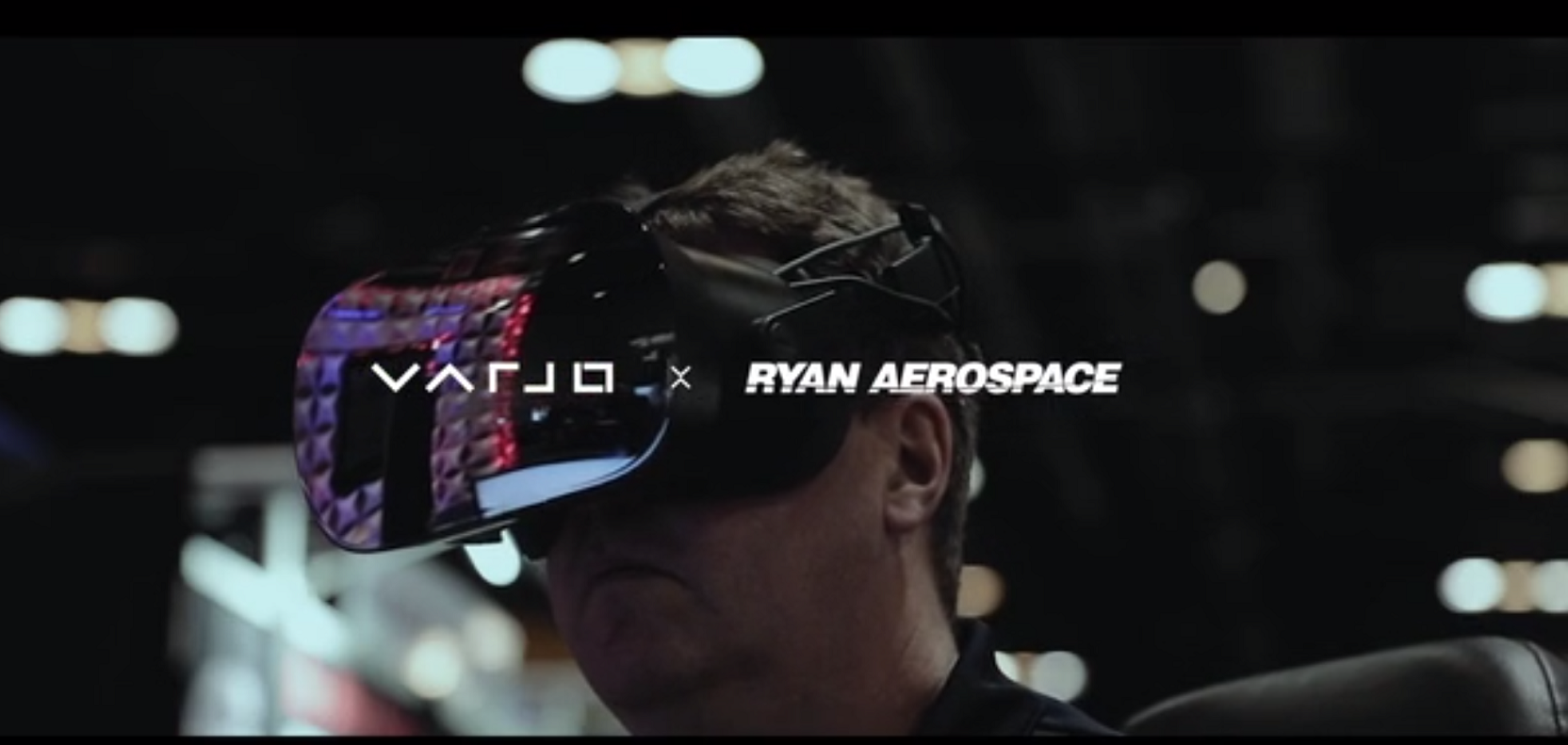Varjo enables demanding training in the highest-fidelity VR

Established in 2005, Ryan Aerospace specializes in the design, manufacture and through-life support of realistic, robust, accurate and cost-effective helicopter flight simulators for civil, military and emergency applications.
Previously, one of the key limitations of using virtual reality in helicopter simulation has been the poor resolution of consumer-grade VR headsets. The pilots have not been able to read the instrument panels and gauges due to the poor resolution. Because of this, professional training in VR has not been effective.
With Varjo’s human-eye resolution headsets, students are finally able to see everything in the virtual cockpit as they would in real life. Due to the unique visual fidelity in the immersive environments using Varjo headsets, trainees have life-like spatial and situational awareness. According to Ryan Aerospace’s Managing Director Chris Ryan, this ability takes their VR trainers to an advanced level.
“One of the really important things is for the pilots to be able to read the gauges and instruments. If they can’t do that, the training is kind of pointless. That has been a big problem for us with VR headsets to date, but Varjo has been able to solve it,” Chris Ryan says.
“The savings are huge, and the potential is just going to continue to grow”
When using Varjo VR headsets, Ryan Aerospace’s VR-based training systems can be used for a whole range of demanding applications, including navigational exercises and emergency procedures. With Varjo, Ryan Aerospace can achieve a level of immersive training that was unimaginable until now.
“Traditionally, simulators used in pilot training involve large platforms, big domes, expensive projectors, lots of technicians, and lots of support. What we have tried to do at Ryan Aerospace is build a simpler device that takes a smaller footprint, is more robust, does not need a technician to run it and operates in the virtual environment,” says Chris Ryan.
The business benefits of VR trainers are clear compared to traditional training systems.
“We’ve found that some of our customers have been able to reduce helicopter training in the real helicopter by around 40 %. It costs approximately $2,800 an hour to run this kind of helicopter. The savings are huge, and the potential is just going to continue to grow. With VR headsets such as Varjo, we are talking savings potentially in the tens of millions of dollars.”
Source: Varjo

熱門頭條新聞
- 27th United Nations Science and Technology Conference
- “Howl’s Moving Castle” Classic Revisit on April 30th.
- Identity V Global Esports Finals: Group Stage of Call of the Abyss VII has started!
- Curve Games unloads a new Wobbly Life mission!
- Firenut Games Announces Dark Fantasy Game S.O.L Search of Light for PC and Consoles
- NetEase Games and Marvel Games Reveal Marvel Rivals
- GAME DEVELOPER CONFERENCE 2024 SUCCESSFULLY HELD
- April Release Date for Lotus Lantern: Rescue Mother
